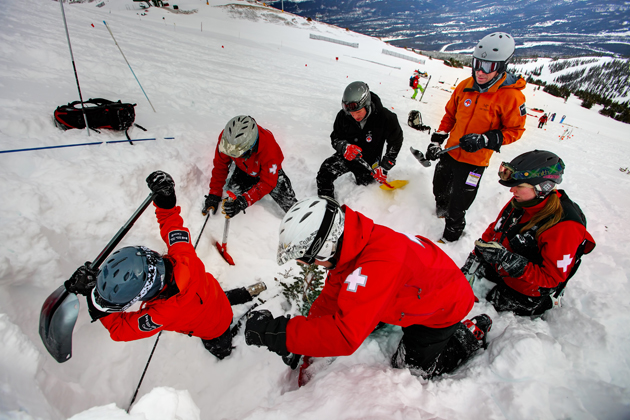According to the Denver Post, the Colorado Supreme Court has ruled that avalanches are an inherent risk of skiing, which has ended a serious debate over a ski area’s liability when a skier is killed within a resort’s boundaries. The ruling that was delivered Tuesday morning decided that resorts are protected from avalanche-related lawsuits under the Ski Safety Act, which was created in 1979 and amended in 1990 and 2004. The act protects resort operators from liability when the death or injury of skiers and snowboarders can be attributed to difficult-to-mitigate threats, such as terrain and weather.

The court made the ruling as a result of a 5-2 vote in favor of the proposition that avalanches result from changing snow and weather conditions, and variations in steepness and terrain. Attorneys for the family of Christopher Norris, who died in an in-bounds avalanche at Winter Park ski area on Jan. 22, 2012, had argued that the resort was responsible for his death because avalanches are not specifically noted in the Ski Safety Act. This in-bounds avalanche death brought attention to the topic and made it highly controversial.
“Resorts do a phenomenal job with avalanche mitigation, given how few fatalities there have been,” said Dale Atkins, the vice president of the Avalanche Rescue Commission for the International Commission on Alpine Rescue.

It’s interesting that this topic is so controversial considering the fact that only 11 of the 448 killed in avalanches in the U.S. Since 2000, died in an in-bounds avalanche. The National Ski Areas Association said the few avalanche deaths at resort areas amount to one fatality per 100 million skier visits, or about one death every two seasons. Resorts have employees to train, snow and weather conditions to monitor, and decisions to make to ensure the safety of their guests, but individual and personal responsibility is key to staying safe while on the slopes. Individuals that disagreed with the ruling stated that the resort is responsible for keeping their guests safe and that they have all they need to make sure that there are no avalanches in-bounds. Despite this argument,, the court ruled against them.
“In our industry we have long believed that avalanches are inherent risks of the sport, and we have continued throughout our history to do a great deal of work to mitigate that risk. But the risk can’t be eliminated. That doesn’t mean we are not going to continue to make those efforts,” stated Melanie Mills, the president of the Colorado Ski Country trade group.
Were the deceased warned in any way that they were entering avalanche terrain? It is difficult for me, I am assume risk guy, did the deceased go through a “gate” to access the terrain? Just not enough information. I do think the ski area has a responsibility to the public using the facilities. The question is “Where does that responsibility begin and where does it end”? That being said is it clear whose responsibility is what. If, I’m skiing down a groomed, open to the public trail, and there is a whole caused by under snow thaw of water that’s basically unseen until you ski into it, whose responsible? If that same situation has existed for years and the ski area doesn’t do anything about it, whose responsible. I’m talking about a whole that isn’t visible until you ski into it. What “reasonable” expectation should a skier have of the condition of a groomed slope?? When I’m touring or out of bounds I know I am responsible for everything. It’s all on me and I ski appropriately. When I’m inbounds at a ski area does this change???